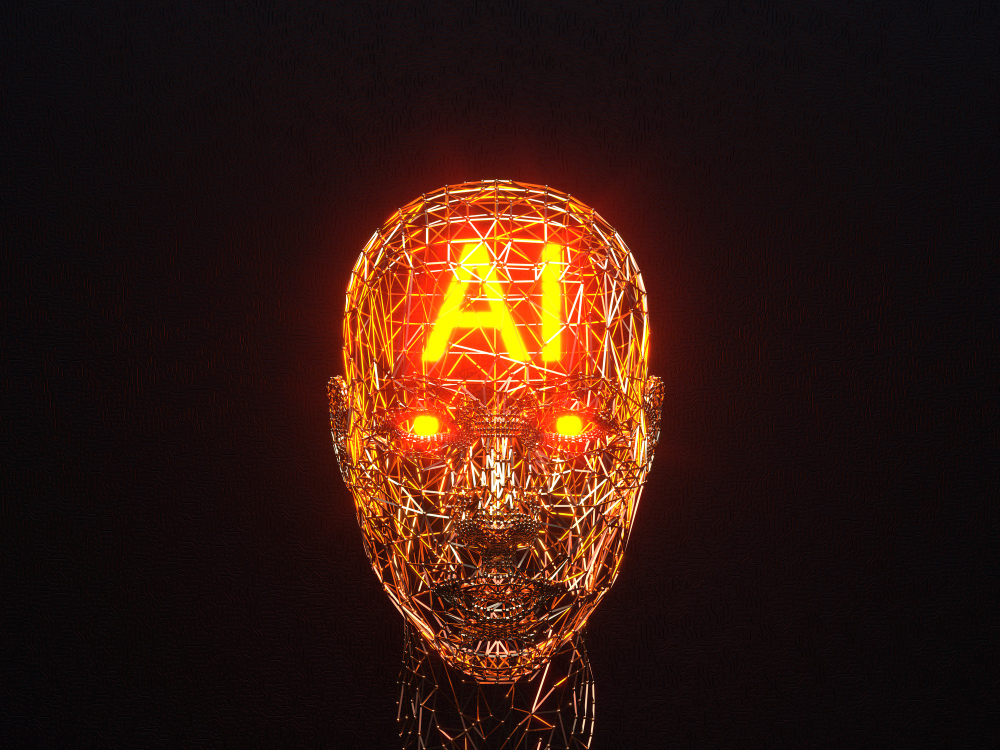Introduction
In the rapidly evolving landscape of technology and warfare, weaponized AI has emerged as a topic of significant interest and concern. As artificial intelligence (AI) continues to advance, its integration into military applications has raised ethical, legal, and security questions.
This article explores the concept of weaponized AI, its impact on warfare, current applications, challenges, regulations, and the future implications of this powerful technology.
Understanding Weaponized AI
Definition and Concept
Weaponized AI refers to the use of artificial intelligence systems and algorithms in military operations and warfare. It involves the development and deployment of autonomous weapons systems, cyber warfare capabilities, and AI-powered surveillance and intelligence systems.
The goal is to leverage AI technologies to enhance military capabilities, optimize decision-making processes, and gain a strategic advantage on the battlefield.
Historical Context
The roots of weaponized AI can be traced back to the early days of computing and military research. In the mid-20th century, the field of AI emerged, and its potential applications in warfare started to be explored.
Over the years, advancements in computing power, data analysis, and machine learning algorithms have paved the way for the integration of AI into military strategies and operations.
The Impact of Weaponized AI
Advantages and Capabilities
Weaponized AI offers several advantages in warfare. It enables faster data analysis, facilitates real-time decision-making, and enhances precision in targeting.
Autonomous weapons systems, guided by AI algorithms, can operate with minimal human intervention, reducing the risks to military personnel.
AI-powered surveillance and intelligence systems provide enhanced situational awareness and enable proactive threat detection.
Ethical Considerations
However, the use of weaponizedAI also raises significant ethical considerations. The delegation of lethal decision-making to autonomous systems raises questions of accountability and the potential for unintended consequences.
There are concerns about the potential for AI systems to violate human rights, discriminate, or be exploited by malicious actors. Striking the right balance between technological advancement and ethical boundaries is crucial.
Current Applications of Weaponized AI
Autonomous Weapons Systems
Autonomous weapons systems, also known as “killer robots,” are a prominent application of weaponizedAI. These systems can independently select and engage targets based on predefined criteria.
While they offer benefits such as increased speed and accuracy, there are concerns about the lack of human control and the potential for misuse or accidents.
Cyber Warfare
WeaponizedAI plays a crucial role in cyber warfare, where AI algorithms are employed to detect, analyze, and respond to cyber threats. AI-powered tools can identify patterns in large datasets, detect anomalies, and predict potential attacks.
On the flip side, adversaries can also use AI to launch sophisticated cyber-attacks, making defense and attribution more challenging.
Surveillance and Intelligence
AI-driven surveillance systems enable the collection and analysis of vast amounts of data for intelligence purposes. Facial recognition, social media analysis, and predictive analytics are utilized to identify potential threats and monitor activities.
However, concerns about privacy, mass surveillance, and the potential for abuse of power have arisen with the increasing use of such systems.
Challenges and Risks
Potential Misuse and Unintended Consequences
One of the primary challenges with weaponizedAI is the potential for misuse or unintended consequences. AI systems can be vulnerable to hacking, manipulation, or being repurposed for malicious purposes.
There is a need for robust safeguards and countermeasures to prevent unauthorized use and ensure AI systems act in accordance with legal and ethical norms.
Accountability and Responsibility
Determining accountability and responsibility in the context of weaponizedAI is complex. When accidents or casualties occur involving autonomous weapons systems, assigning blame becomes challenging.
Additionally, the lack of transparency and explainability in AI algorithms raises concerns about biased or discriminatory decision-making.
Regulations and Governance
International Efforts
Recognizing the need for regulation, international efforts are underway to address the challenges posed by weaponizedAI.
Organizations like the United Nations and the International Committee of the Red Cross are engaging in discussions to establish legal frameworks governing the use of AI in warfare. The focus is on striking a balance between innovation and the prevention of catastrophic consequences.
Ethical Frameworks
Various ethical frameworks have been proposed to guide the development and deployment of weaponizedAI.
These frameworks emphasize principles such as human control, accountability, transparency, and adherence to international humanitarian law. Implementing ethical guidelines is essential to ensure responsible and lawful use of AI technologies in warfare.
The Future of Weaponized AI
Evolving Technologies
The future of weaponizedAI is closely linked to advancements in AI technologies. Continued progress in machine learning, natural language processing, and robotics will further expand the capabilities of autonomous weapons systems, cyber warfare tools, and surveillance technologies. However, striking a balance between technological development and ethical considerations will be crucial to avoid unforeseen risks.
Potential Scenarios
In the future, weaponizedAI could revolutionize warfare in several ways. Highly autonomous and intelligent weapons systems could reshape the dynamics of conflicts.
Cyber warfare may become more sophisticated, with AI systems engaging in adaptive and stealthy attacks. Surveillance technologies could become more pervasive, raising concerns about privacy and civil liberties.
Conclusion – Weaponized AI
Weaponized AI represents a significant advancement in the intersection of technology and warfare. It offers advantages in terms of operational efficiency, decision-making, and situational awareness.
However, it also brings forth ethical concerns, challenges in accountability, and the need for robust regulations. Striking the right balance between innovation, security, and ethics will be critical as we navigate the complexities of weaponizedAI.
FAQs
- What is weaponized AI?
- Weaponized AI refers to the use of artificial intelligence systems and algorithms in military operations and warfare.
- How is weaponized AI used in warfare?
- Weaponized AI is used in warfare through applications such as autonomous weapons systems, cyber warfare, and surveillance and intelligence systems.
- Are there any regulations governing the use of weaponized AI?
- International efforts are underway to establish legal frameworks and ethical guidelines to govern the use of weaponized AI in warfare.
- What are the ethical concerns surrounding weaponized AI?
- Ethical concerns include issues of accountability, transparency, human control, and the potential for unintended consequences or misuse of AI systems.
- What are the potential risks of weaponized AI?
- Potential risks include the potential for misuse, hacking, biased decision-making, and the lack of accountability and responsibility in accidents or casualties involving AI systems.




consequatur quis eveniet esse sunt. sed blanditiis sequi debitis modi atque fugit veritatis et ea mollitia ea a dolores. animi placeat facilis iste alias odit consequatur. earum accusantium ratione ip